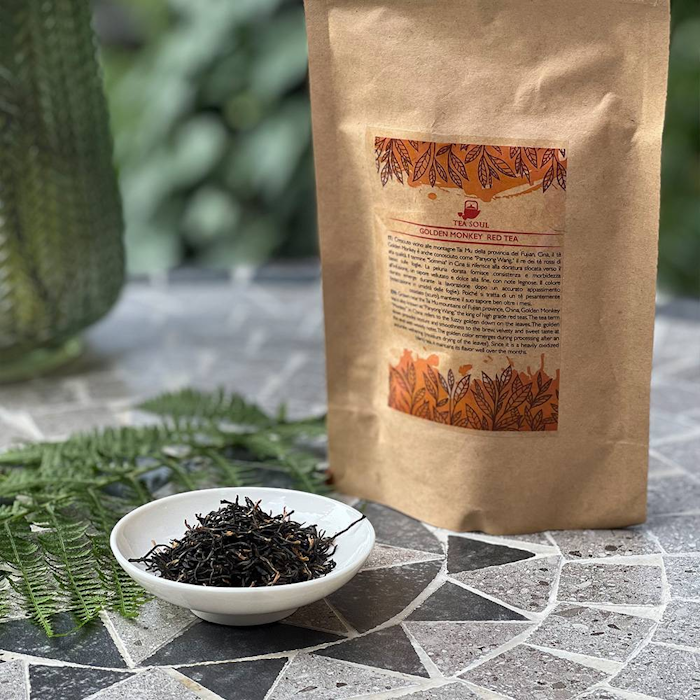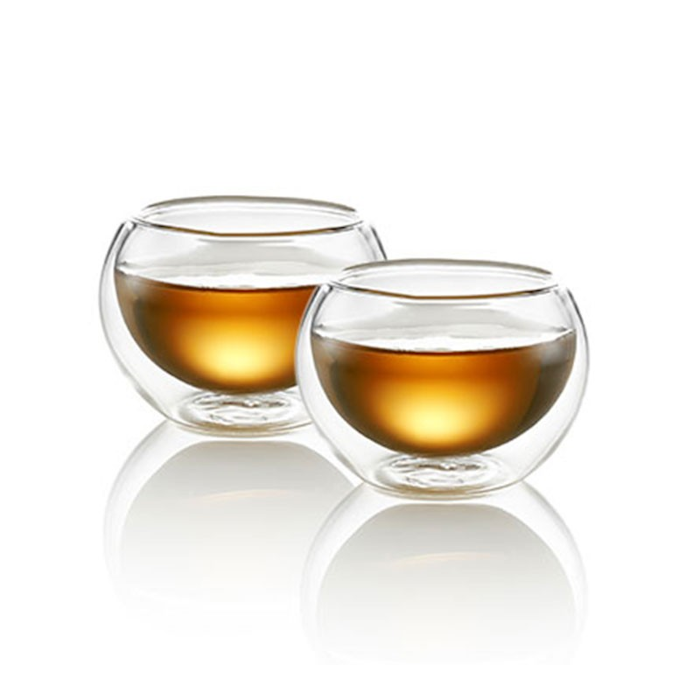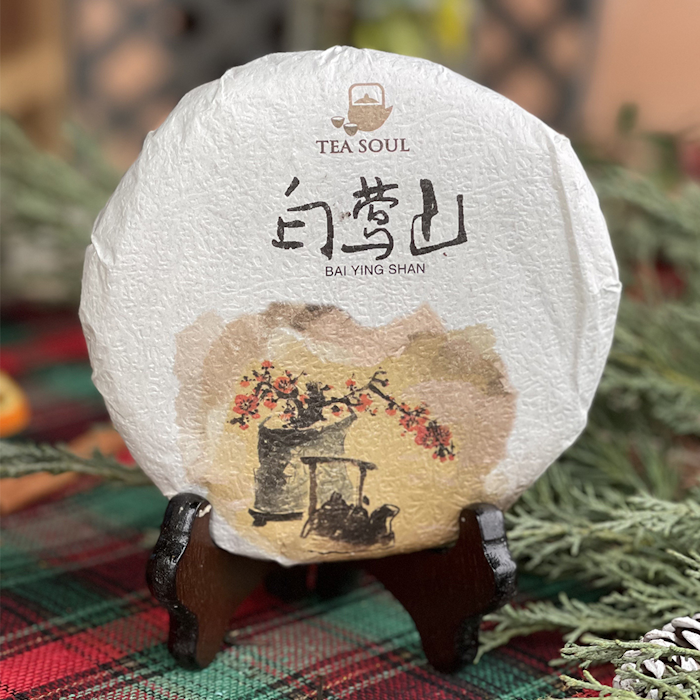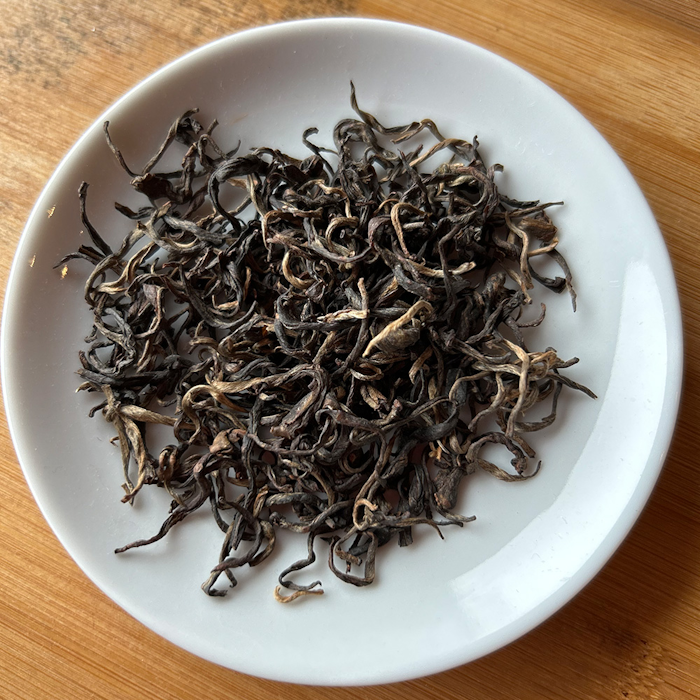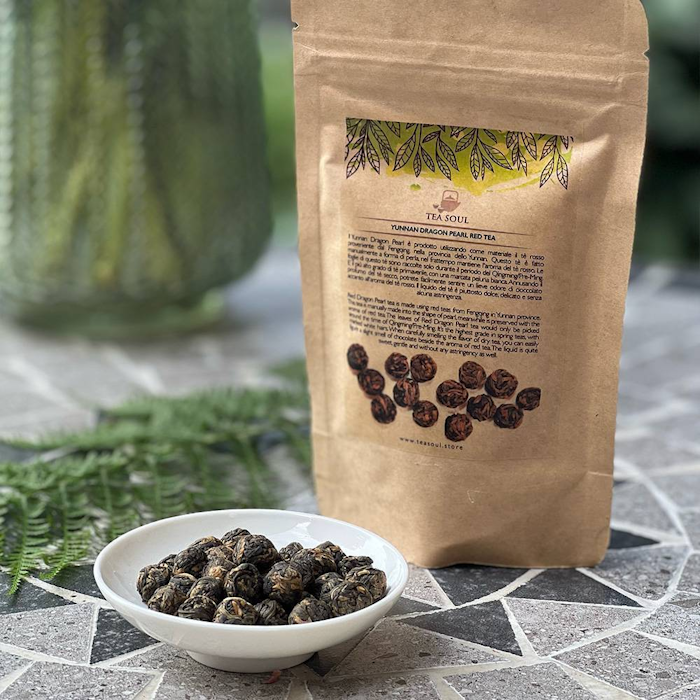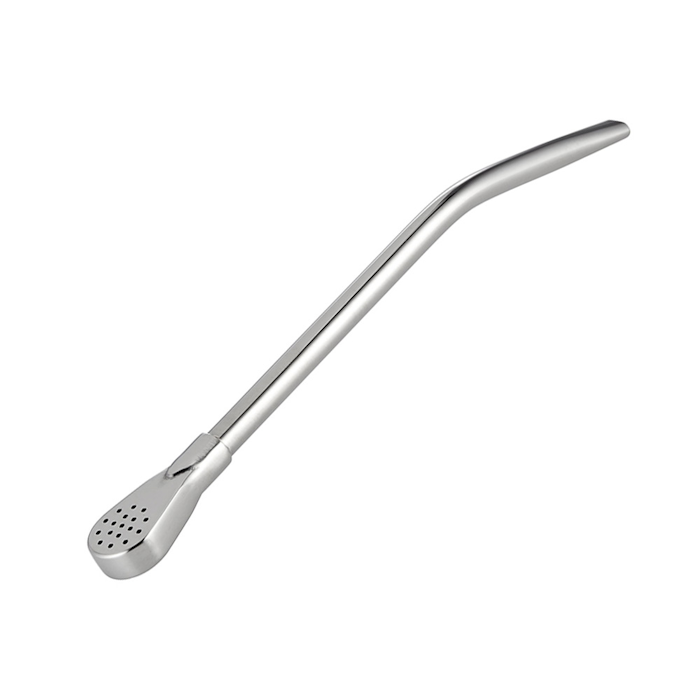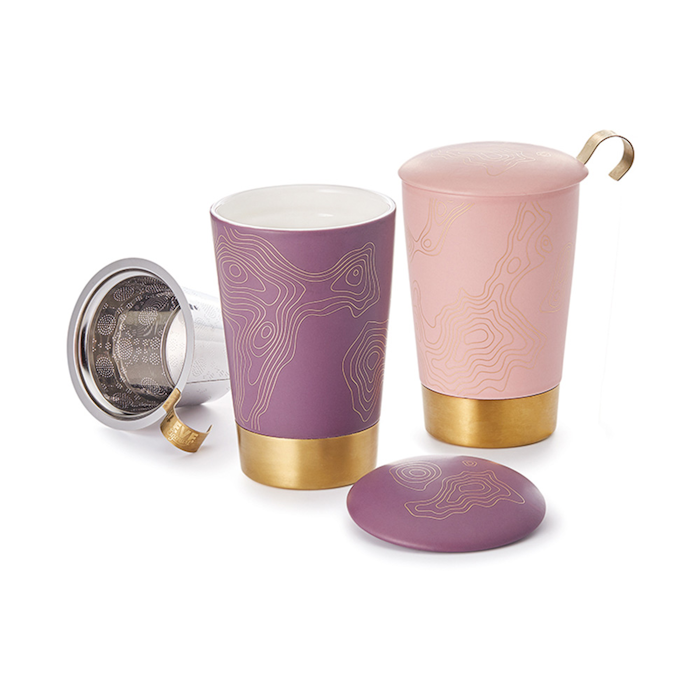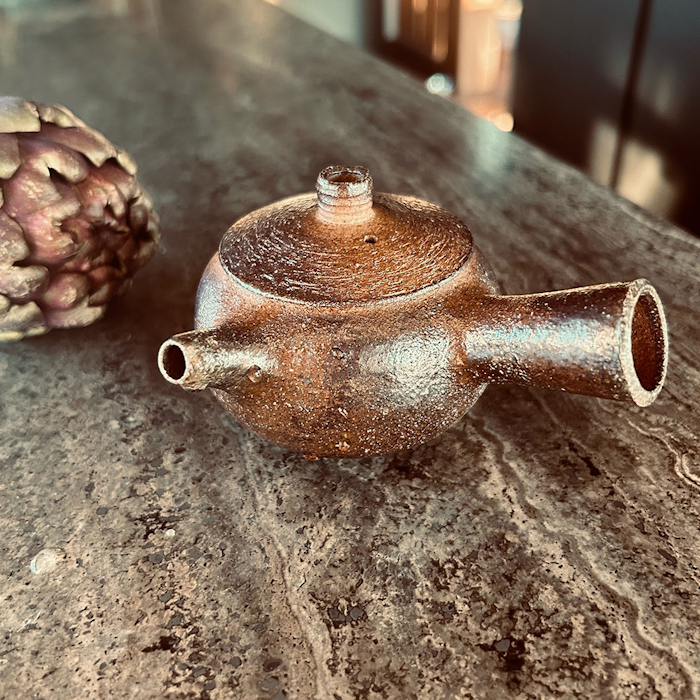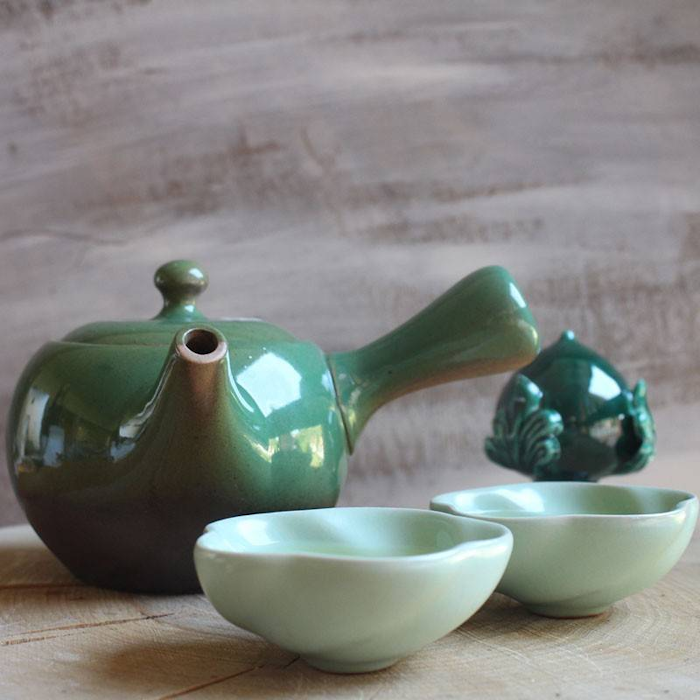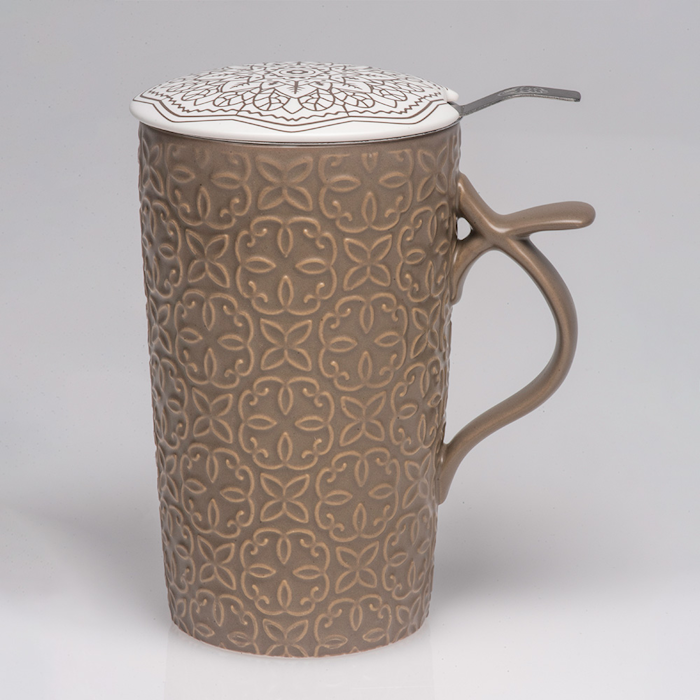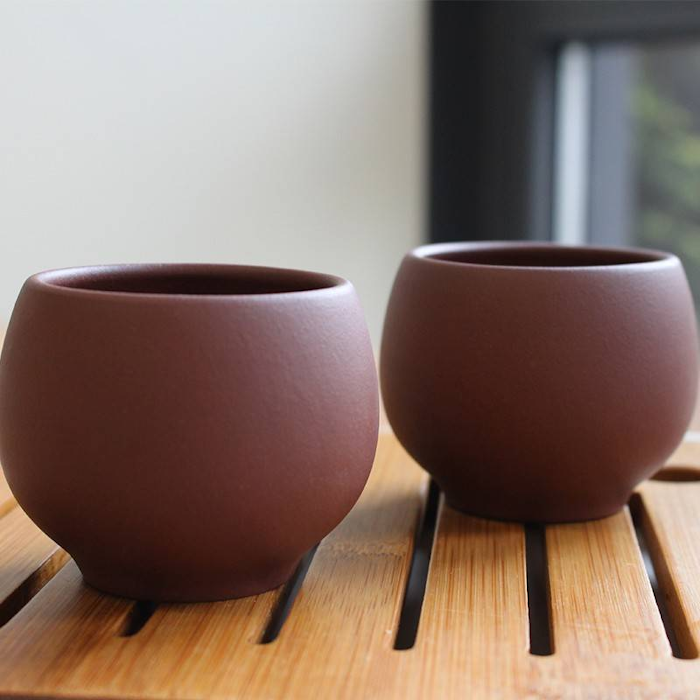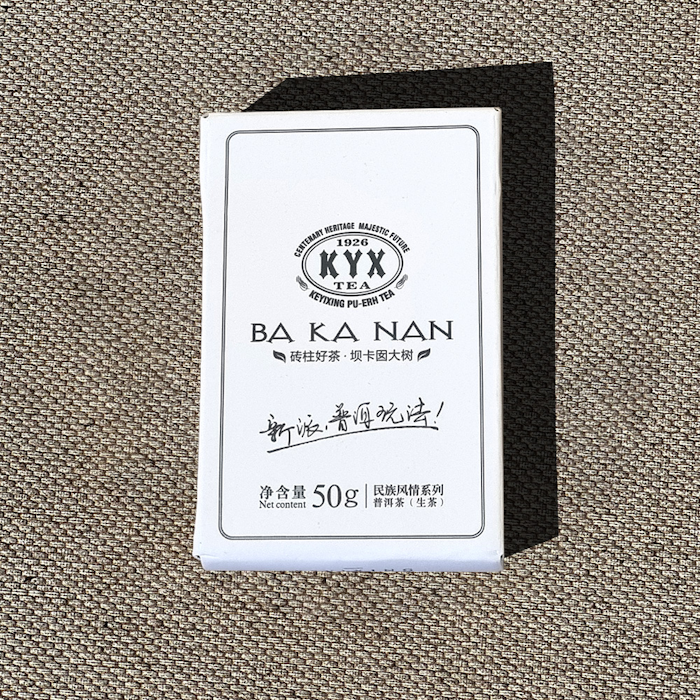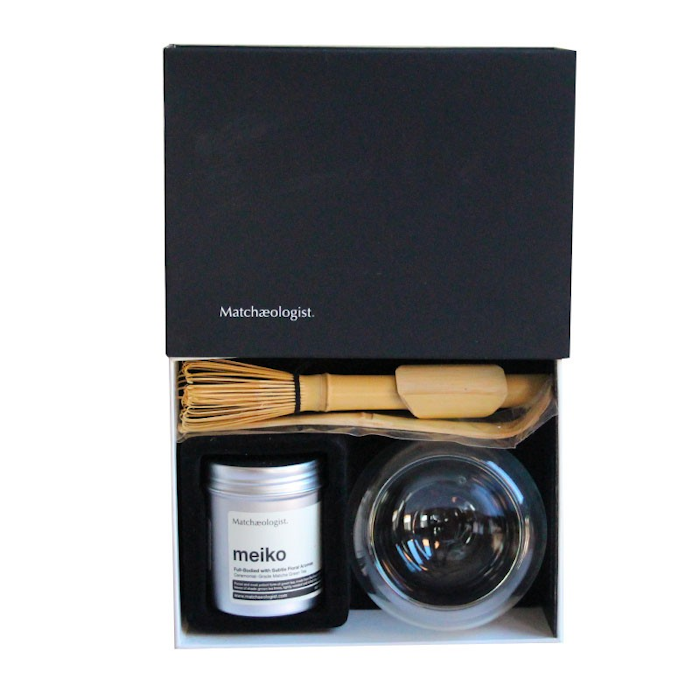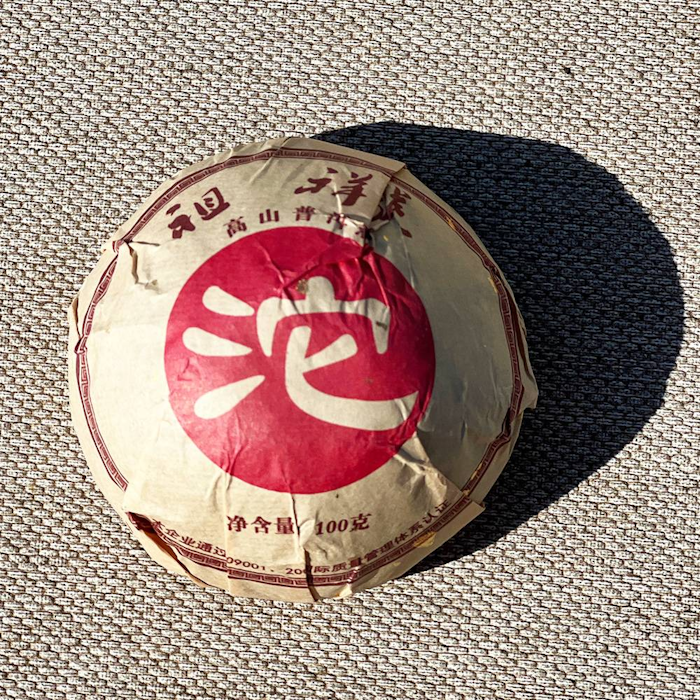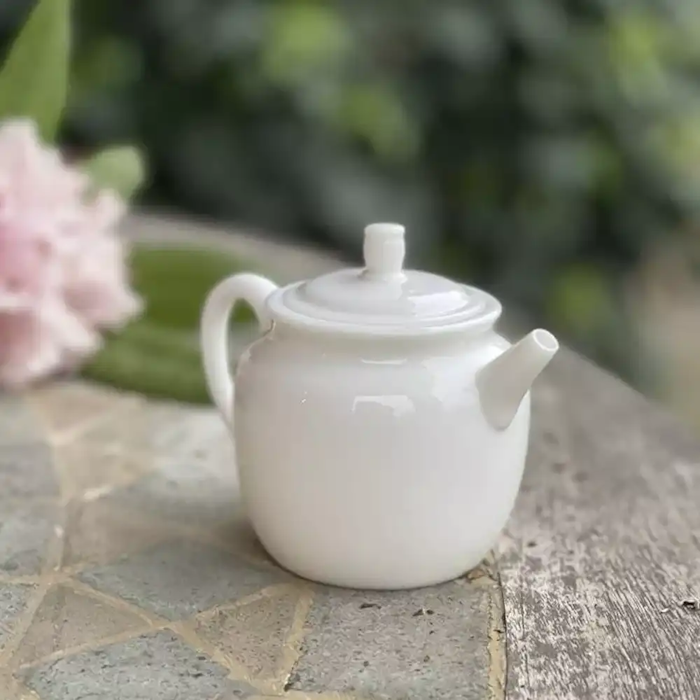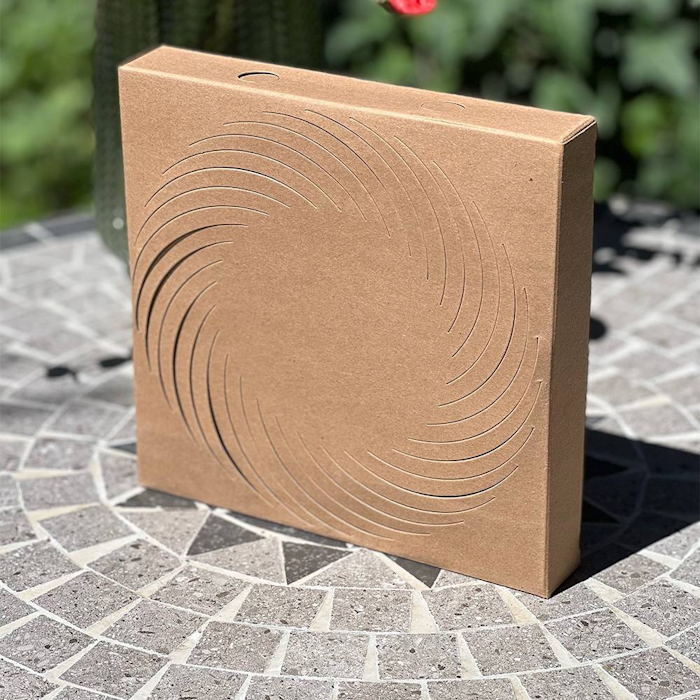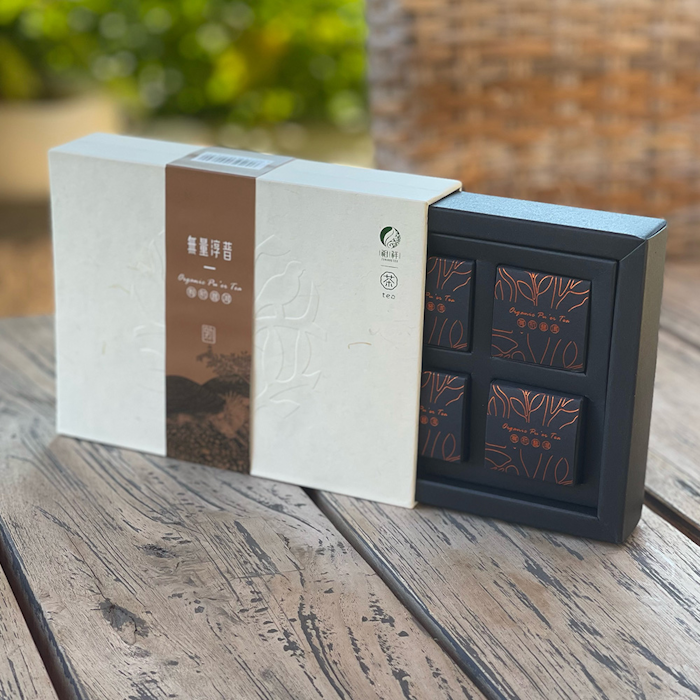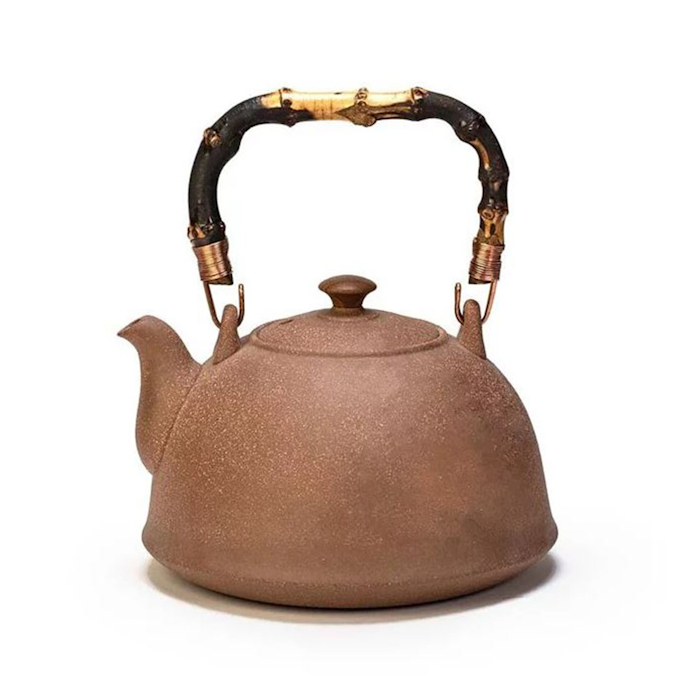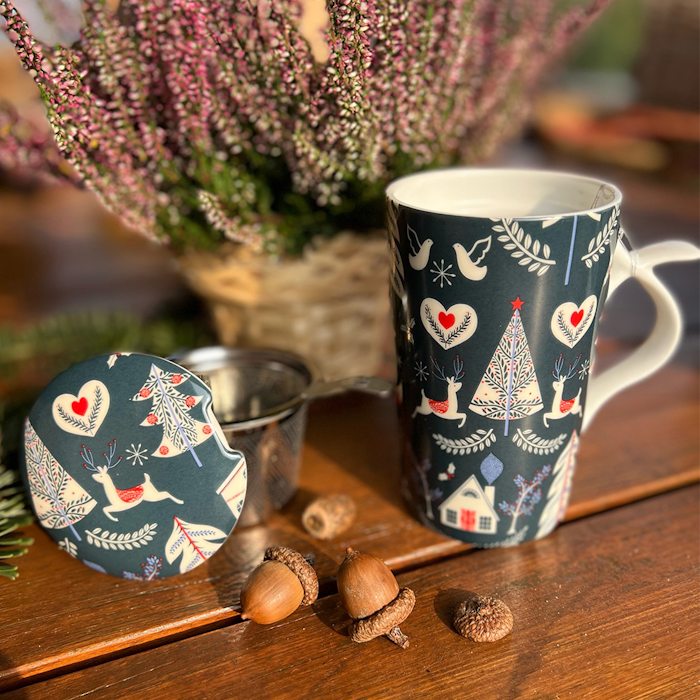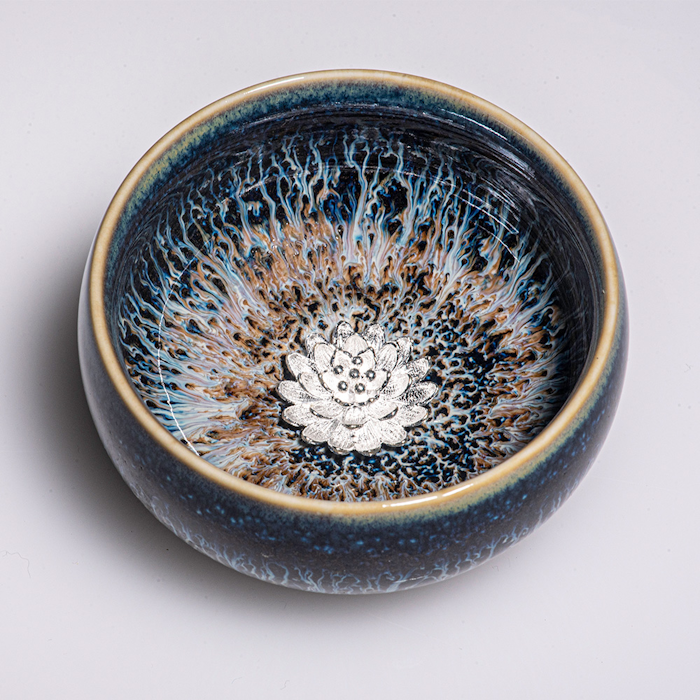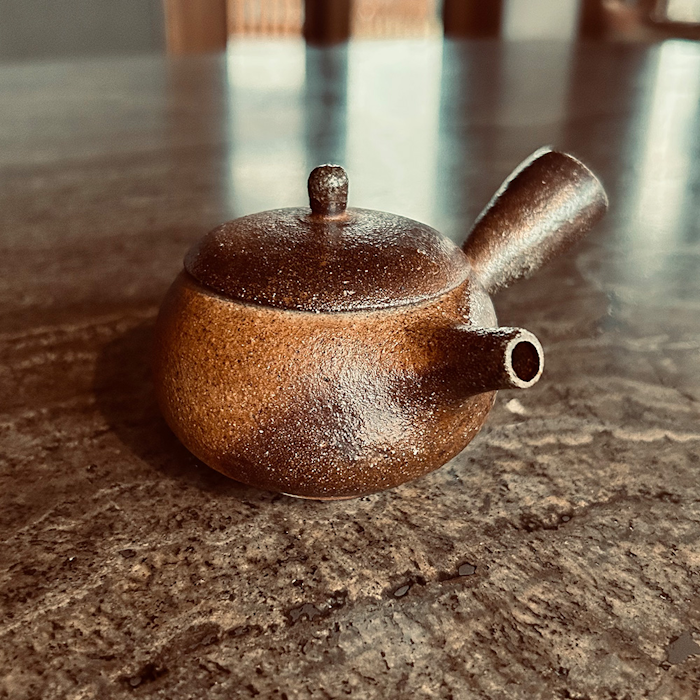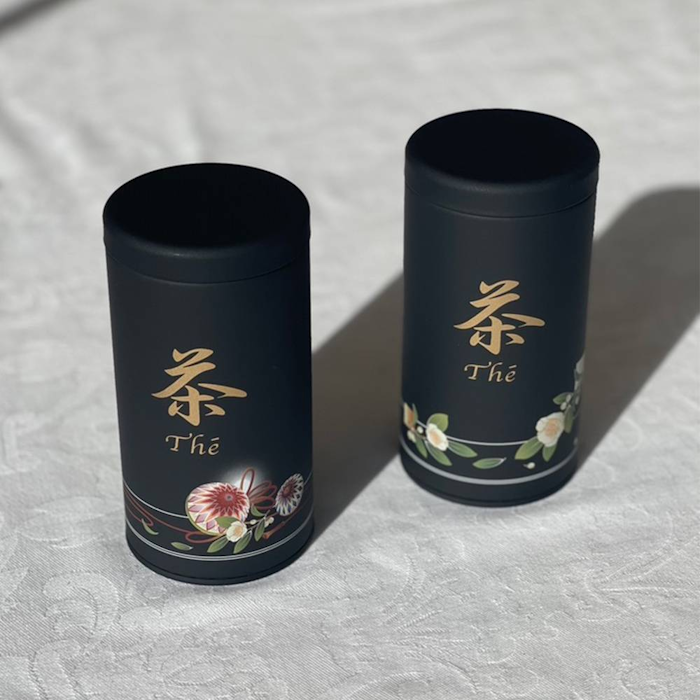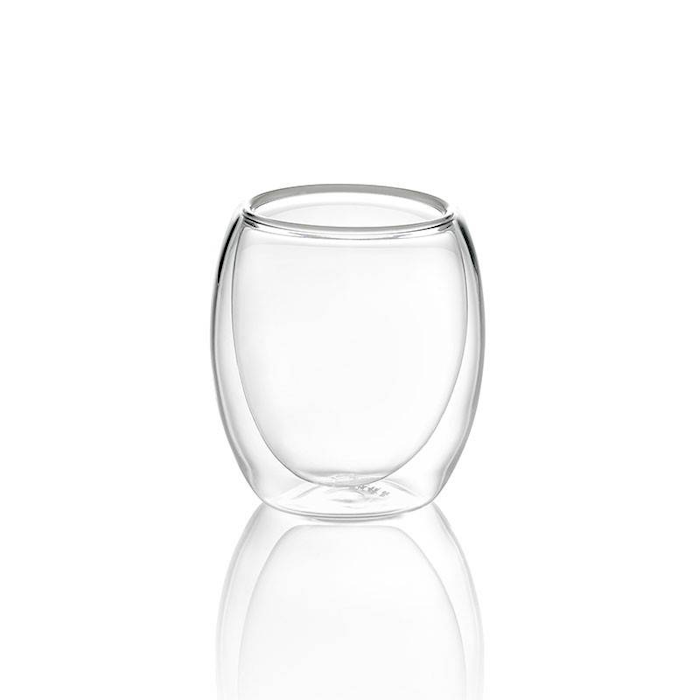The Shui Xian Banyan is a famous rock oolong whose name translated means "water lily." Since this tea is a yancha (yan=rock, cha=tea), we already know that its area of origin will be the Wuyi Shan area with its characteristic rocky soil: here, however, we have an additional valuable clue as to its provenance.
The Wuyi mountain complex, in fact, is generally divided into four concentric zones, starting from the central one from which the finest teas come, called Zhengyan, to the outermost one called Waishan where there is more intensive and standardized production. In this categorization we find, at the second level, around the Zhengyan, the area called Banyan where there is a soil with less rocky concentration but still remains well enriched by the river that flows through this area.
The premises related to this area mean that the teas harvested here maintain excellent quality and are also much more diverse. Among the different types of yancha, the shui xian is very renowned, and its cultivar of origin has a very rapid growth capacity and thus is useful for having a very good yield. Given the abundance of harvested leaves, shui xian can often be found with many different processing: from the more classic, such as that of this yancha, to the more experimental with very different oxidation and/or roasting times.
Tasting - Sight and Smell
The leaves of Shui Xian Banyan Tea are rolled and medium-sized, deep brown in color with lighter shades between brown and reddish. Once infused, they release an incredible aromatic richness: hints of orange peel, cookie, roasted nuts, charcoal, wet gravel, bitter chocolate, floral and sage notes come to the nose. In the cup it is a splendid amber gold, with a dense and at times creamy body, without harshness.
Tasting Notes
GONG FU CHA
The first infusion of Shui Xian Banyan Tea almost stuns with the richness of flavors we can recognize on the palate: there are roasted notes reminiscent of almond crunch, floral notes of orchid, sweet hints of vanilla and monoi as well as a good minerality typical of rock oolongs. With the second infusion the tea becomes even sweeter and creamier while remaining very floral: notes of toffee, butter cookie and custard appear. The third and subsequent infusions bring out a gentler personality, where the now more delicate floral notes and hints of coconut and monoi prevail.
TO THE WEST
The first sip of Shui Xian Banyan Tea is a bouquet of white flowers (magnolia, wisteria and lilac). The taste is sweet, with notes of honey, vanilla, and milky, almost buttery hints. There are both toasted notes of almonds and pecans and mineral notes that perfectly balance the creamy sweetness of the tea. The aftertaste is extremely sweet and tropical, with notes of monoi, pineapple in syrup, and coconut. The persistence is long, floral and milky.
Location of origin
Banyan area, Wuyi Shan, Fujian - China
Shui Xian Banyan tea production
After harvesting, the leaves wither in the sun for some time before moving to a resting phase on bamboo trays under cover. From here, oxidation is initiated through a manual massage of the leaf that is performed by the master producer. Once the tea reaches the desired level of oxidation (for tit is Shui Xian Banyan there is approximately a 75 percent oxidation) the leaves pass into a charcoal-heated kiln where the enzymatic activity is stopped. After this stage in the oven, the leaf is given its final shape using a special machine, before moving on to the leaf roasting cycles that allow the product to finish drying and enhance its flavors.
Preparation
We strongly recommend infusing tis Shui Xian Banyan in the traditional Chinese method (gong fu cha) to best enjoy these leaves. Following this preparation, multiple infusions can be made with 5 grams of leaves that are useful to best capture all the flavor nuances of the tea.
Heat the water to a temperature of 90°C: proceed to briefly rinse the leaves and then to an initial infusion of 25 seconds. Keeping the water at the same temperature, you can then continue to exploit the same leaves by adding more water and increasing the infusion time by 5 seconds each time (25 - 30 - 35...).
This tea has a longevity of 6-7 infusions.
For a more classic preparation according to the Western style we recommend 3 grams of leaves in a 200 ml cup with water at 90°C for an infusion time of 3 minutes.
For a better tasting experience we suggest that you strain the tea as soon as the infusion time is over. The infusion times we suggest can be slightly modified to your liking to achieve a more or less intense taste.
We recommend storing in a cool, dry place away from direct sunlight.
Black Friday 50











